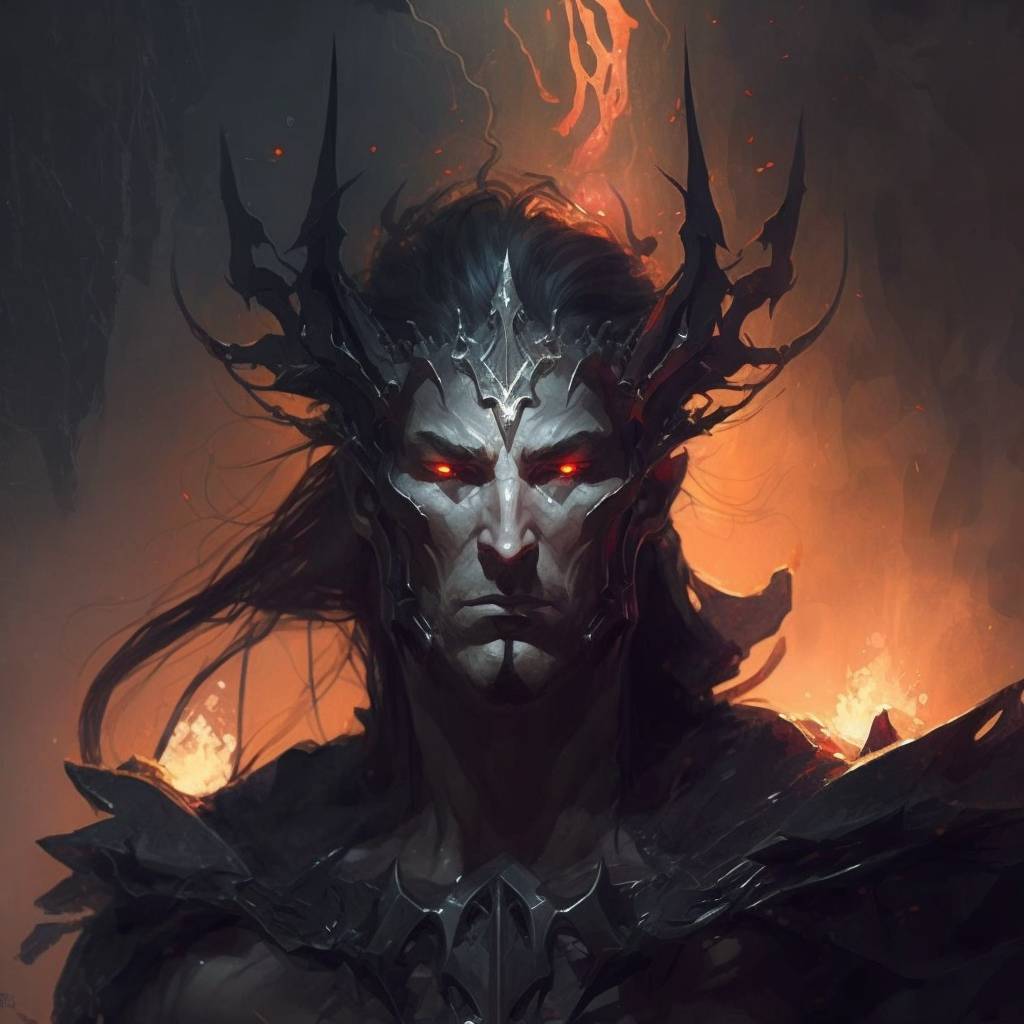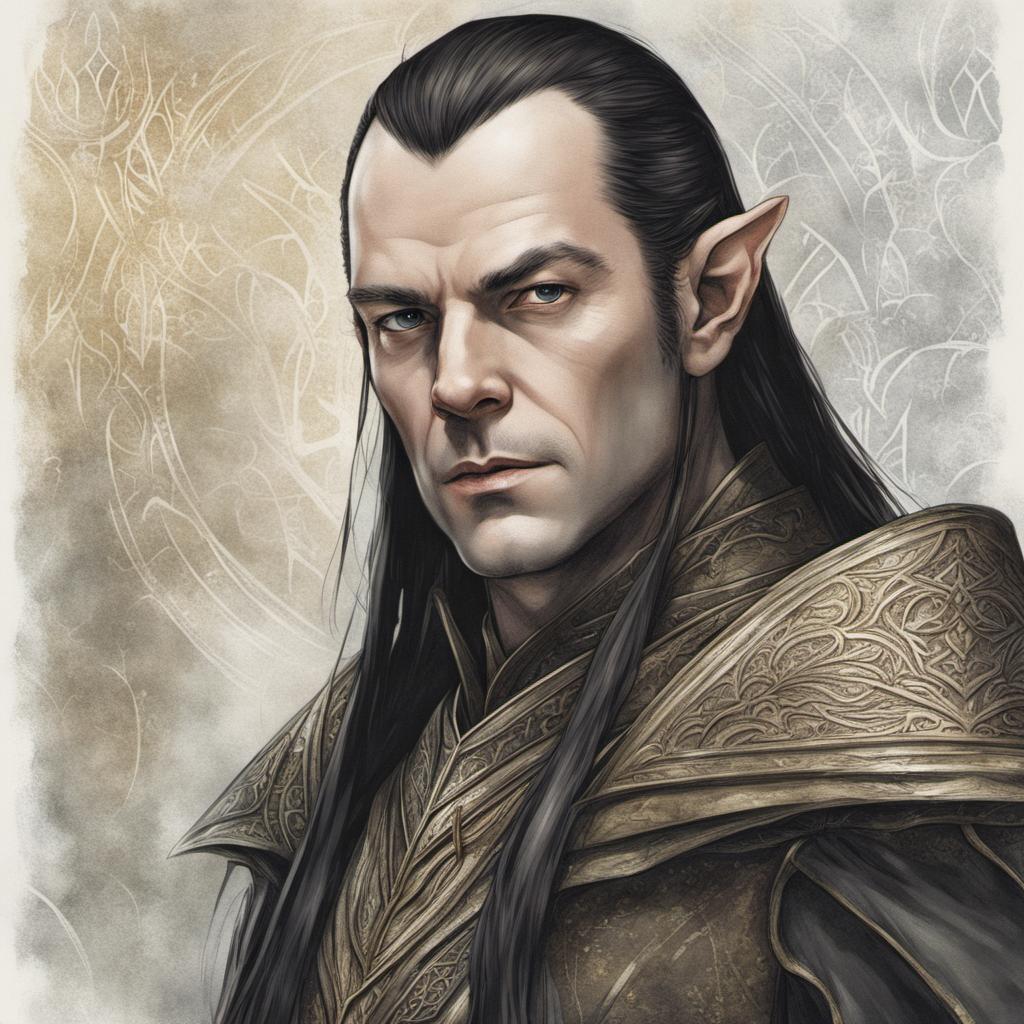Early Life
In the expanse of the Eurasian steppes, where nomadic tribes once roamed in disunity, a remarkable leader emerged who forever changed the face of world history. This man was none other than Genghis Khan, born as Temujin around 1162, who through his strategic genius and military prowess, established the Mongol Empire – the largest contiguous empire the world has ever seen.
The Mongol tribes before Genghis Khan’s rise to power were a fractured collection of clans, each pursuing their own interests and frequently clashing with each other. Genghis Khan, with a vision of unity, began to bring these disparate tribes together, establishing a powerful and unified Mongol nation. His leadership transformed these tribes into a force that would leave an indelible mark on the globe.
Once he solidified his power base at home, Genghis Khan embarked on a series of military campaigns that reshaped the geopolitical landscape of the 13th century. He created an empire that stretched from Eastern Europe to the Sea of Japan and from Siberia in the north to India and the Middle East in the south. This vast territory, spanning approximately 24 million square kilometers, was a testament to the strategic brilliance and relentless ambition of Genghis Khan.
But what set Genghis Khan apart was not merely his military conquests, but his innovative approach to warfare. He revolutionized the battlefield, developing a highly mobile, disciplined, and coordinated cavalry force that was unlike any other in the world at the time. His tactics, from psychological warfare to rapid strikes and feigned retreats, kept his enemies off balance and made the Mongol army a formidable and feared adversary.
The rule of Genghis Khan was not just about expansion and warfare, but also about establishing order within his vast domain. He created a code of laws, known as the Yassa, which covered a wide range of subjects from civil law and criminal law to military discipline. This comprehensive code helped maintain unity and discipline, essential to the smooth functioning of his vast empire.
Moreover, Genghis Khan was instrumental in promoting trade and communication. He protected and promoted the Silk Road, a vital trade route that linked the East and West. This facilitated an unprecedented exchange of goods, knowledge, and ideas between different cultures. Alongside, he also established the Yam, a complex postal system that allowed for efficient communication across the length and breadth of his empire.
In his governance, Genghis Khan was forward-thinking, valuing merit and loyalty over familial ties or tribal affiliations. He elevated individuals based on their abilities and accomplishments, which significantly contributed to the effectiveness of his army and administration.
Despite being a Mongol shamanist himself, Genghis Khan displayed a policy of religious tolerance that was remarkable for his time. He allowed the people within his empire to practice their own religions. This freedom not only won him the support of his subjects, but also contributed to the cultural diversity and richness of the Mongol Empire.
The Plan
Genghis Khan had multiple children, but his succession plan primarily involved his four sons by his favorite wife, Börte. These sons were Jochi, Chagatai, Ögedei, and Tolui.
- Jochi: He was the eldest, but there was some controversy about his paternity, because his birth occurred after Börte was abducted and subsequently rescued. Despite this, Genghis Khan treated Jochi as his first son. However, the tension between Jochi and his brothers, particularly Chagatai, was a significant issue in the succession.
- Chagatai: The second son, Chagatai was a major military leader in Genghis Khan’s campaigns. However, he and Jochi had a notorious rivalry, and Chagatai did not believe Jochi was their father’s legitimate son.
- Ögedei: He was the third son and the one who succeeded Genghis Khan as Great Khan of the Mongol Empire. Genghis Khan selected him as his successor because he was competent and middle-aged, which made him a compromise candidate acceptable to his elder brothers and younger brother.
- Tolui: The youngest of Börte’s sons, Tolui was a competent military leader and served as regent during Genghis Khan’s absence. He was the father of Möngke and Kublai Khan, who would both later become Great Khans.
The process of choosing a new Khan in Mongol society involved a political and military council called a Kurultai. The Kurultai was a traditional assembly of Mongol nobles and chieftains, and it was used for making major political decisions, including the selection of new Khans.
When a Khan died, a Kurultai would be convened to choose his successor. All of the Mongol nobles were supposed to attend, and they would engage in lengthy discussions and negotiations about who the next Khan should be. The chosen candidate had to be of royal blood (a direct descendant of Genghis Khan), and the decision had to be based on merit and consensus rather than by strict heredity. It was not necessarily the oldest son who would be chosen, but rather the one deemed most capable and acceptable to the majority.
In the case of Genghis Khan’s succession, he took the unusual step of calling a Kurultai in 1229, a year before his death. At this Kurultai, he named his third son, Ögedei, as his successor. Genghis Khan likely chose Ögedei because he was seen as a compromise candidate who could hold the empire together. Ögedei was middle-aged, competent, and less likely to be involved in disputes with his brothers compared to Jochi and Chagatai, who had a notorious rivalry.
After Genghis Khan’s death in 1227, Ögedei was formally elected Great Khan at a Kurultai. However, it took several years for this to occur, as it took time to summon all the Mongol nobles to the assembly. In the meantime, Genghis Khan’s youngest son, Tolui, served as regent.
This practice of choosing the Khan through a Kurultai continued in the Mongol Empire after Genghis Khan’s death. However, it often led to political instability, as various factions would support different candidates, leading to power struggles and civil wars. The process was not always peaceful or orderly, and the Kurultai’s decisions were not always respected, contributing to the eventual fragmentation of the Mongol Empire.
Genghis Khan’s empire was divided into four “khanates” or “appanages,” each ruled by one of his sons. This system allowed his sons to exert control over different parts of the empire, but they were all subordinate to the Great Khan, initially Ögedei. These khanates were:
- The Golden Horde (also known as the Kipchak Khanate), given to Jochi.
- The Chagatai Khanate, given to Chagatai.
- The Eastern Mongol Empire (later Yuan Dynasty), given to Tolui.
- The Central Mongol Empire, which stayed with Ögedei as Great Khan.
It’s worth noting that succession disputes and conflicts among Genghis Khan’s descendants were common, leading to civil wars and eventually contributing to the fragmentation of the Mongol Empire.
Ögedei
After Ögedei was named Khan, he not only pursued the expansionist policies of his father but also made significant strides in administration and governance. Despite the towering legacy of his father, Ögedei left a mark of his own on the Mongol Empire.
Under his leadership, the Mongol Empire launched a second invasion of Persia in 1230, led by Chormaqan Noyan, that subdued the Khwarazmian prince Jalal al-Din and began to subjugate Georgia. Ögedei didn’t stop there; he initiated the Mongol invasions of Korea, with his armies skirmishing with the Song dynasty and in India. Ögedei’s influence wasn’t just limited to the East, it was under his reign that large armies under the command of his nephew Batu Khan and Subutai subdued the steppes and penetrated deep into Europe. These armies notably defeated Poland at Legnica and Hungary at Mohi before retreating. Interestingly, some scholars speculate that this retreat was caused by the need to find a successor after Ögedei’s death, while others believe that the Mongols were simply unable to invade further due to logistical difficulties 1.
As an administrator, Ögedei was key in developing the fast-growing Mongol state. He worked with officials such as Yelü Chucai to develop the ortogh trading systems, institute methods of tax collection, and establish regional bureaucracies which controlled legal and economic affairs. Notably, Ögedei founded the Mongol capital city, Karakorum, in the 1230s. Even though he was often overlooked in comparison to his father, especially due to his issues with alcoholism, Ögedei was known to be charismatic, good-natured, and intelligent 2.
Ögedei’s reign was a critical period in the expansion and consolidation of the Mongol Empire, reflecting the power and influence of Genghis Khan’s lineage and the intricate succession plans that were put into place. His reign, therefore, serves as a fascinating chapter in the history of the Mongol Empire.
How useful was this post?
Click on a star to rate it!
Average rating / 5. Vote count:
No votes so far! Be the first to rate this post.
Author
-
Anthony Ernst is the Owner of ThreeSphere Websites, bringing over 16 years of experience in web development and digital strategy. Beyond the screen, He is a dedicated family man, a married father of five who thrives on balancing work, play, and personal growth. On Futura Feed, Anthony shares insights from his diverse passions, blending technology, strategy, and personal development.
View all posts Web Developer







